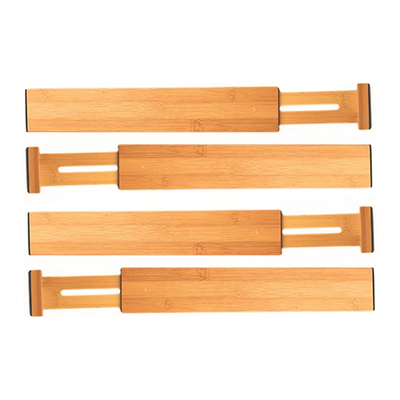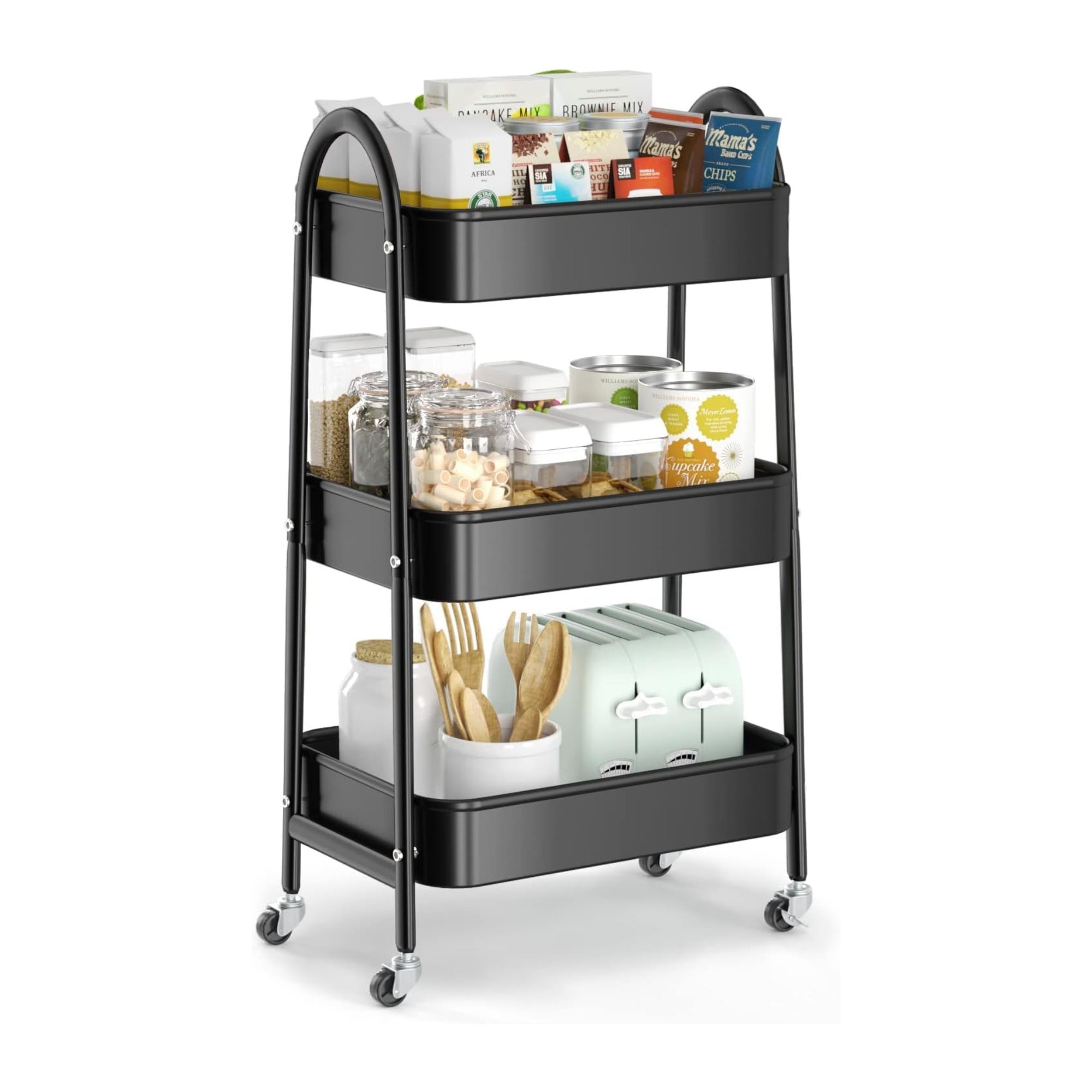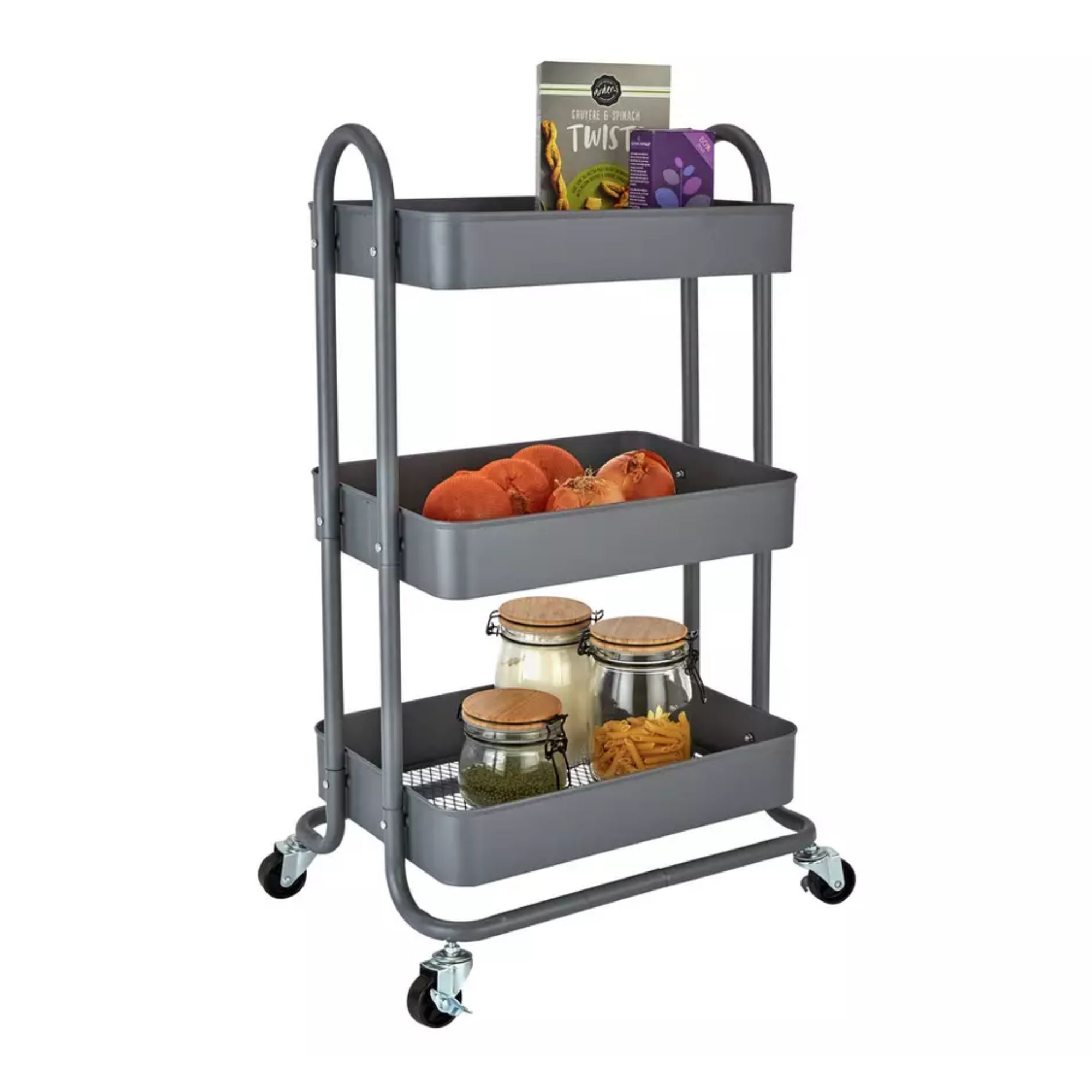5 ways to organise food containers in your kitchen - for clutter-free cupboards that actually close
A ten minute task that provides so much satisfaction
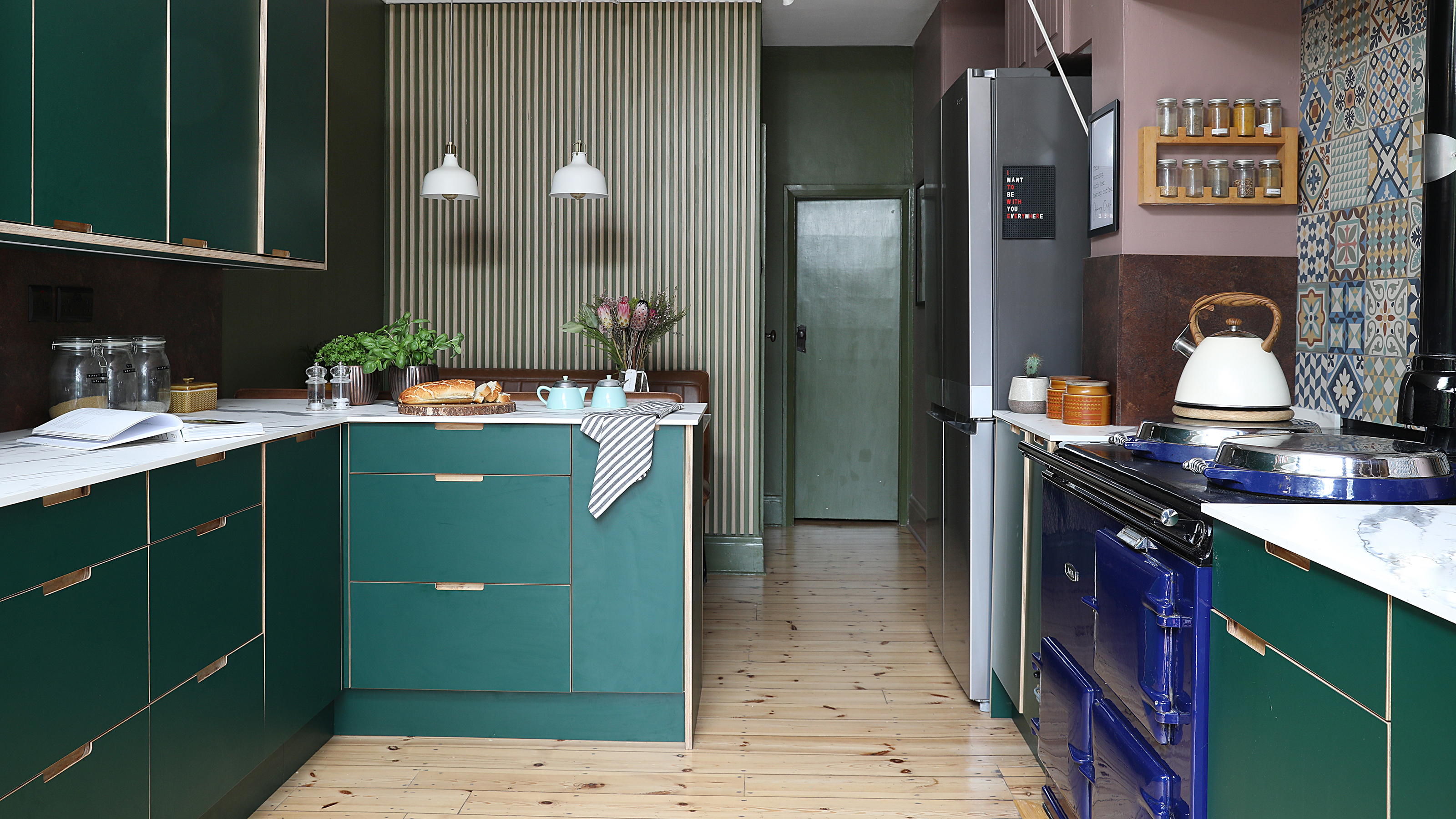

'Tis the season for decluttering, and we're just about ready to tackle one of the most terrifying cupboards of all: the food containers.
Figuring out how to organise food containers in a kitchen is a job that we all put off. If you're anything like me, you throw it in and quickly close the door, hoping for the best. However, finding kitchen storage ideas that help to organise food containers in a way that makes them easy to find and store make life much simpler.
We asked kitchen experts exactly how to tackle this tricky storage conundrum so that your food containers are right on hand for daily use, and your cupboards neatly ordered.
1. First, declutter
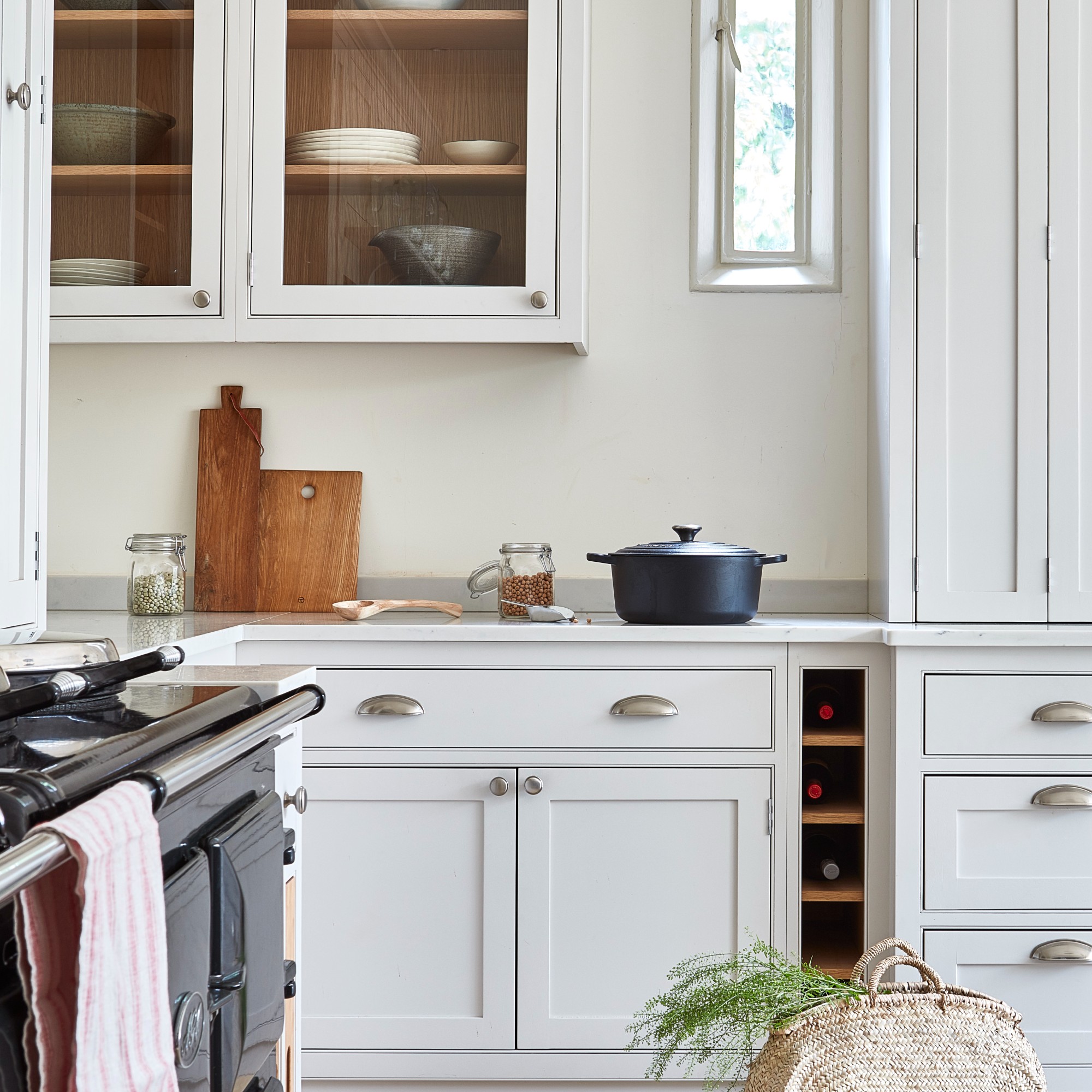
If your food container cupboard is as bad as mine, chances are you have a plethora of tubs without matching lids, random takeaway containers and stained storage past their best.
So, before you start organising, it's time to declutter. If there are tubs or lids with no counterpart then they have to go, as well as any spag bol-stained containers that can't be redeemed.
'To start, ask yourself how many of those food storage boxes or left-over takeaway boxes you really need and use on a regular basis. Keeping it to the essentials will allow for easier organisation and more room for extra kitchenware needed in the cupboard or deep pan drawers,' adds Al Bruce, founder of Olive & Barr.
Regularly decluttering your kitchen is the secret to making it easy to navigate on a daily basis, and spring is the perfect time to do so.
2. Make use of internal storage solutions
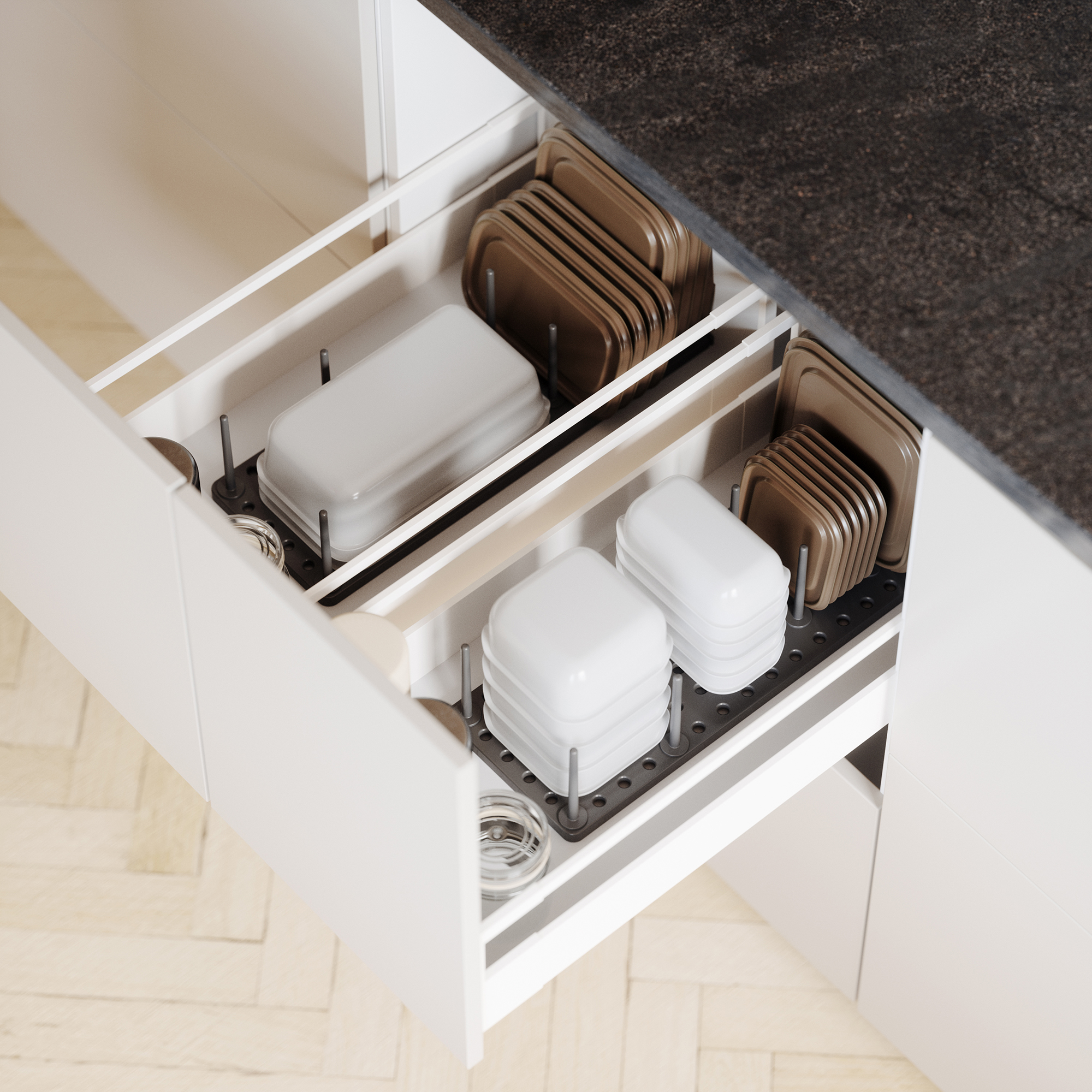
No matter how organised you profess to be, it's much harder to keep food containers in order when you don't have the internal storage solutions to match.
Get the Ideal Home Newsletter
Sign up to our newsletter for style and decor inspiration, house makeovers, project advice and more.
Cupboards and deep drawers very quickly become dumping grounds for food containers. The throw-in and close-the-door quickly method works well when you're in a pinch but not long term.
Instead, make sure you have baskets or purpose-designed racks for storing the containers and their respective lids. 'Position your containers on a sturdy, low-level shelf or in a drawer, ideally using vertical dividers to prevent shifting. When stacking on open shelves, place heavier containers at the bottom and lighter ones on top,' adds Jo Booth, brand manager at Kilner.
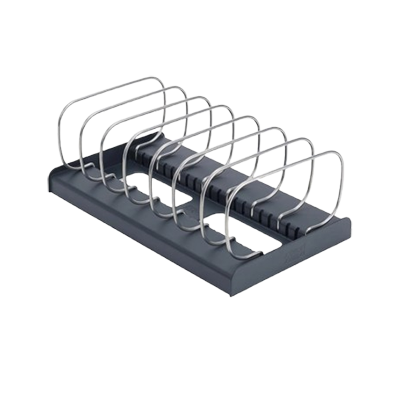
This Joseph Joseph storage system is designed for baking trays but will work just as well with food container lids.
3. Keep lids stored separately
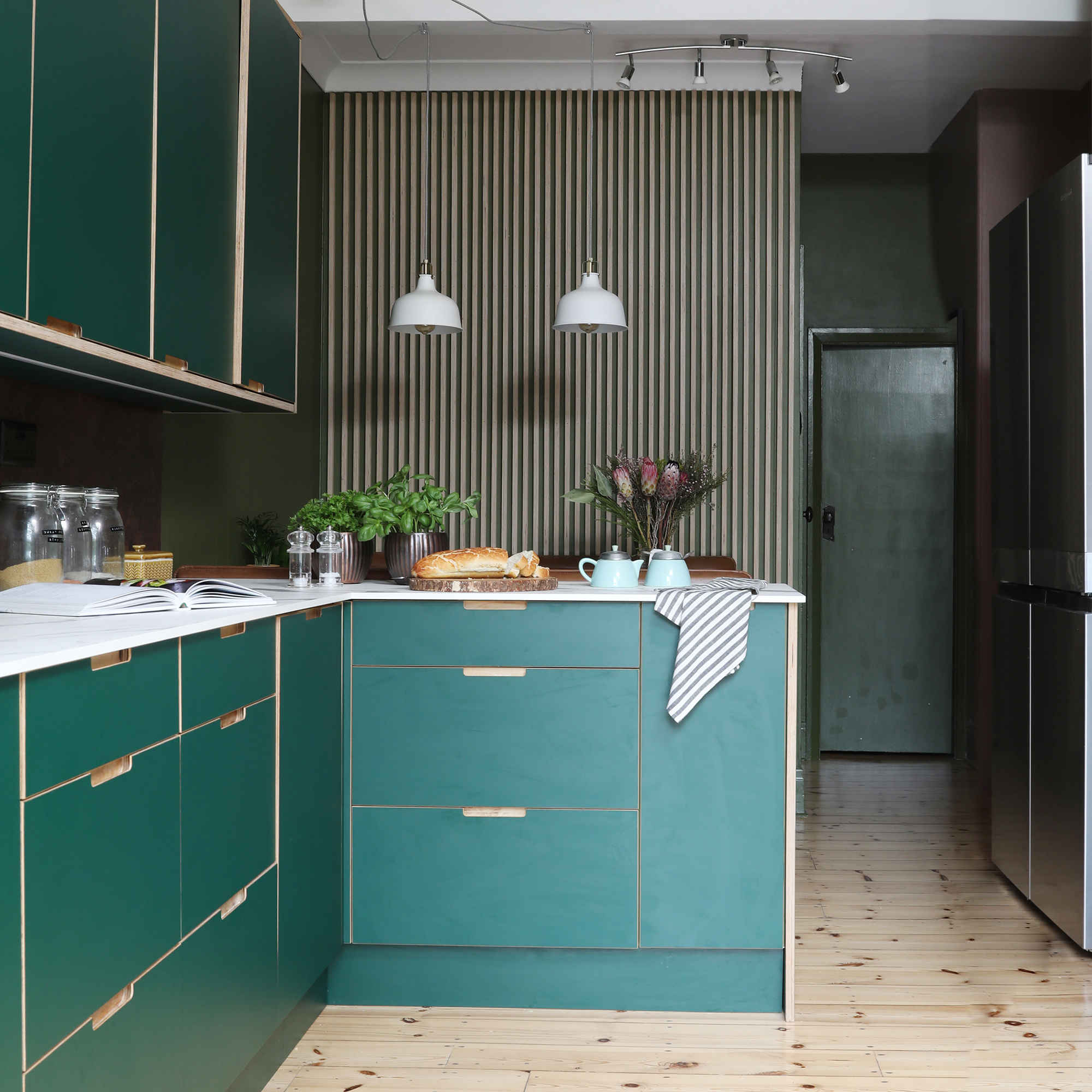
One method I have borrowed from my family is to keep food container lids in an entirely different cupboard or drawer. Finding a big enough cupboard can be tricky and keeping both in one can make it messy fast, so separating them out keeps everything more streamlined.
'Storing your containers in cupboards with limited space can be challenging,' echoes Jo from Kilner. 'To maximise space, nest smaller containers inside larger ones, using a soft liner, like a felt pad, between them to prevent scratching or cracking. Keep lids stored separately.'
If you don't have the room to store them separately, put them in different baskets to aid organisation.
4. Buy nesting food containers
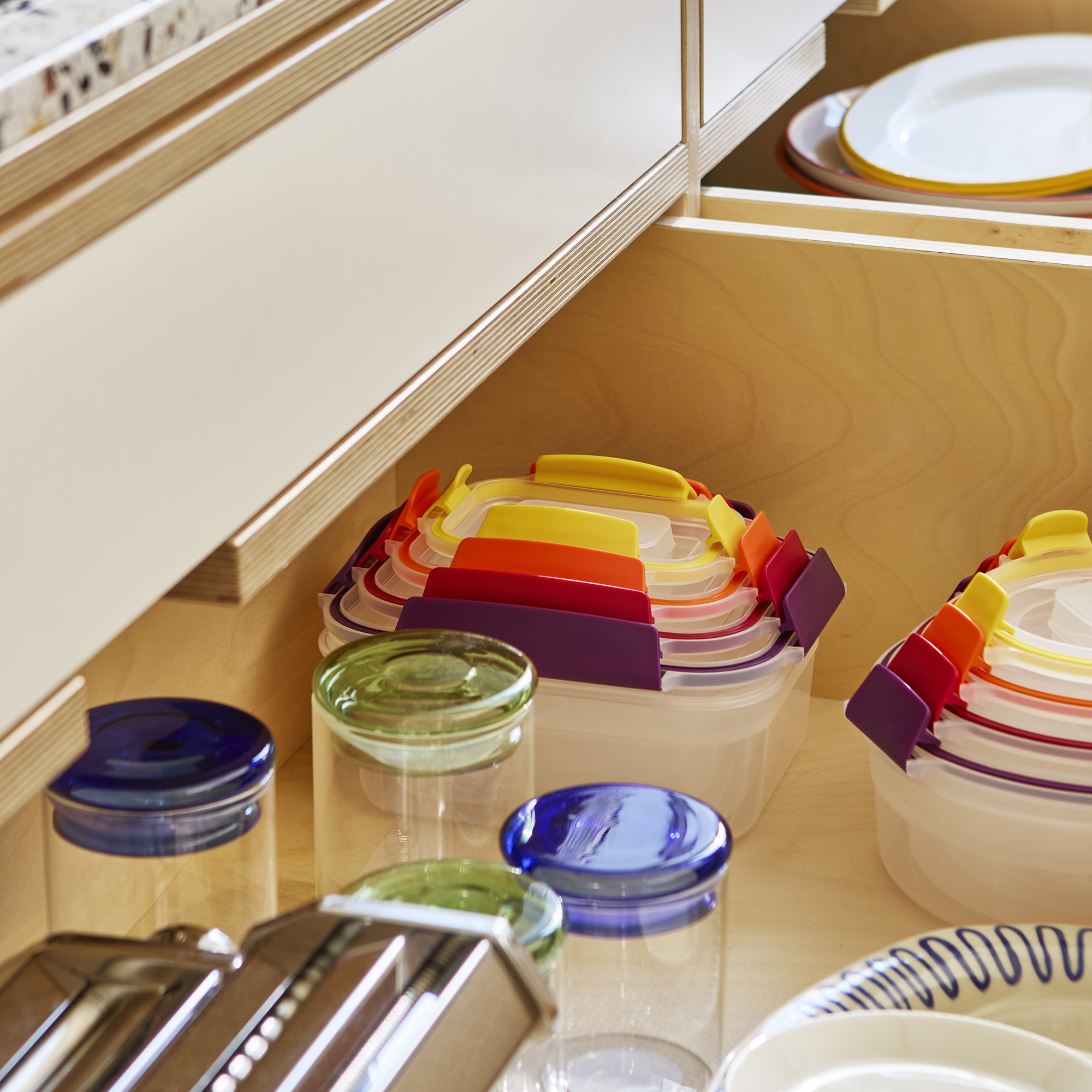
Sometimes the issue lies not in your organisation, but in the actual products themselves. If you have lots of different brands of food containers in different sizes, it can be tricky to keep them neatly stored. Instead, opt for nesting designs from the same brand so they all fit nicely together.
'When it comes to organising food containers, efficiency and space-saving are essential. One of the most effective ways to achieve this is by creating a system that allows for stacking and storing containers in a way that minimises wasted space,' explains Richard Joseph, co-founder at Joseph Joseph.
'Our Nest™ Lock Food Container Set, for example, are expertly designed to seamlessly integrate into any kitchen or storage space. Designed with lockable lids that stack neatly, it makes organisation and space-saving both effortless and convenient.'
5. Choose moveable storage
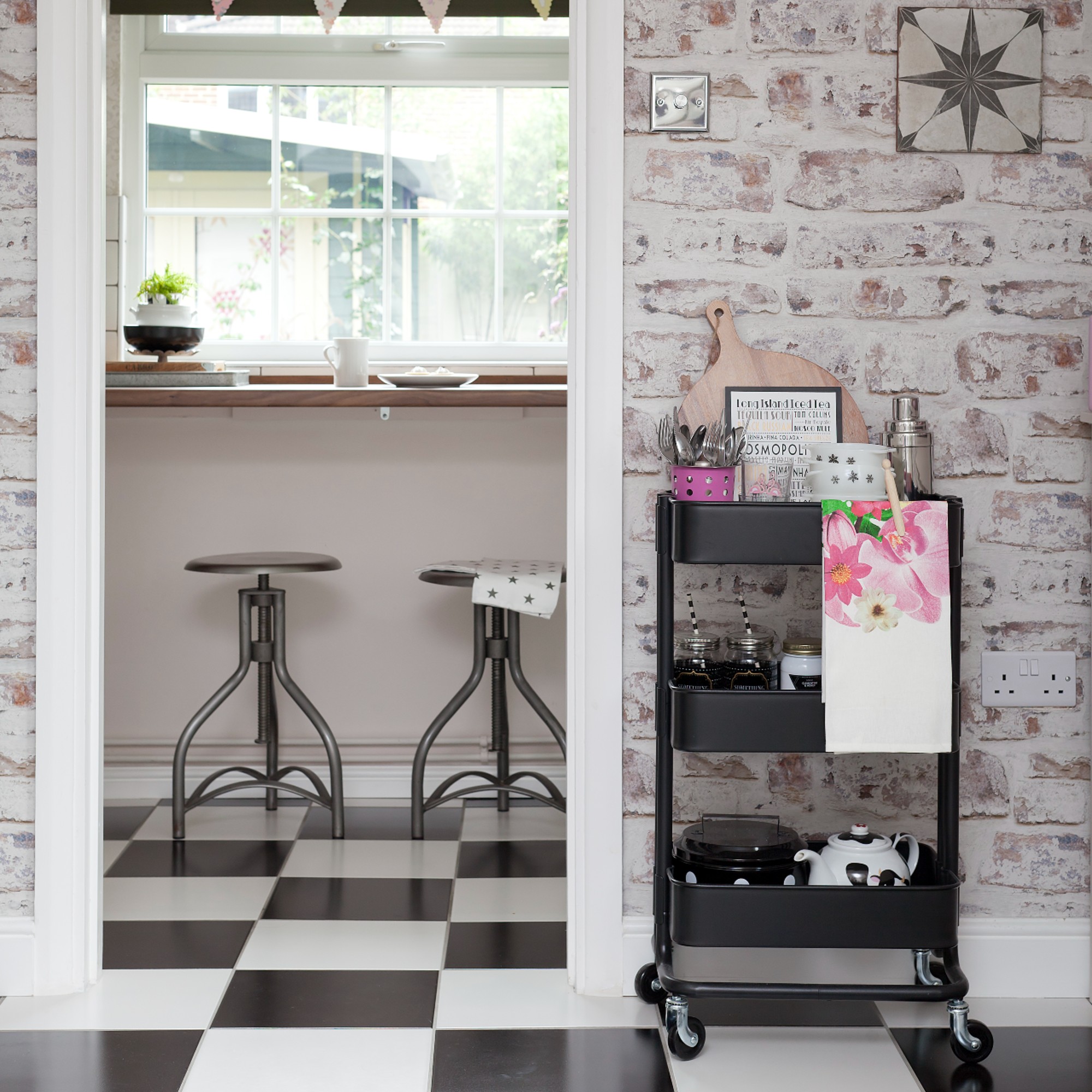
If you have a small kitchen where storage comes at a premium, you likely won't want to sacrifice an entire cupboard for your food containers.
Whether or not you have a drawer that you can use, if you find yourself needing to use your food containers on a daily basis then keeping them close by in a trolley, like the IKEA RASKOG will solve more than one problem.
A moveable trolley is a lifesaver in a kitchen big or small as it means you can move it out of the way when not in use, or create more storage by doubling up. Just make sure you neatly stack your food containers so that it looks tidy.
Organising food containers makes for the most satisfying weekend spring clean. Which method will you be choosing?
What has been the most effective method you've found of organising food containers in a kitchen?

After starting out her journey at Future as a Features Editor on Top Ten Reviews, Holly is now a Content Editor at Ideal Home, writing about the very best kitchen and bathroom designs and buys. At Top Ten Reviews, she focussed on TikTok viral cleaning hacks as well as how to take care of investment purchases such as lawn mowers, washing machines and vacuum cleaners. Prior to this, Holly was apart of the editorial team at Howdens which sparked her interest in interior design, and more specifically, kitchens (Shaker is her favourite!).
You must confirm your public display name before commenting
Please logout and then login again, you will then be prompted to enter your display name.
-
 This £20 telescopic hose brush did such a good job cleaning my windows I sacked my window cleaner and saved £100
This £20 telescopic hose brush did such a good job cleaning my windows I sacked my window cleaner and saved £100It's a game-changer for sparkling glass
By Jenny McFarlane
-
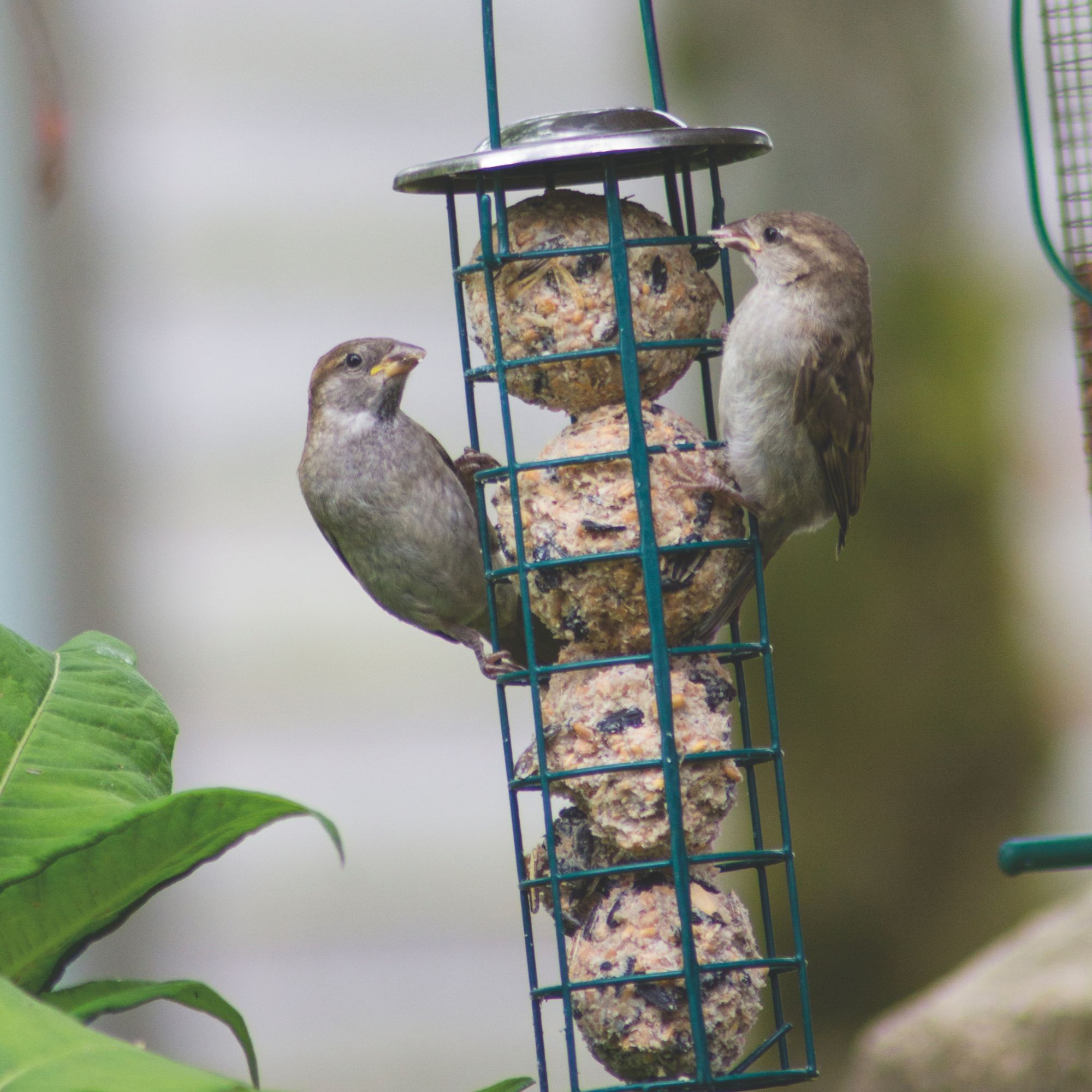 Pest experts reveal eucalyptus is the secret ingredient for keeping rats off your bird feeder - this is how to use it safely and effectively
Pest experts reveal eucalyptus is the secret ingredient for keeping rats off your bird feeder - this is how to use it safely and effectivelyIt's a great natural deterrent
By Kezia Reynolds
-
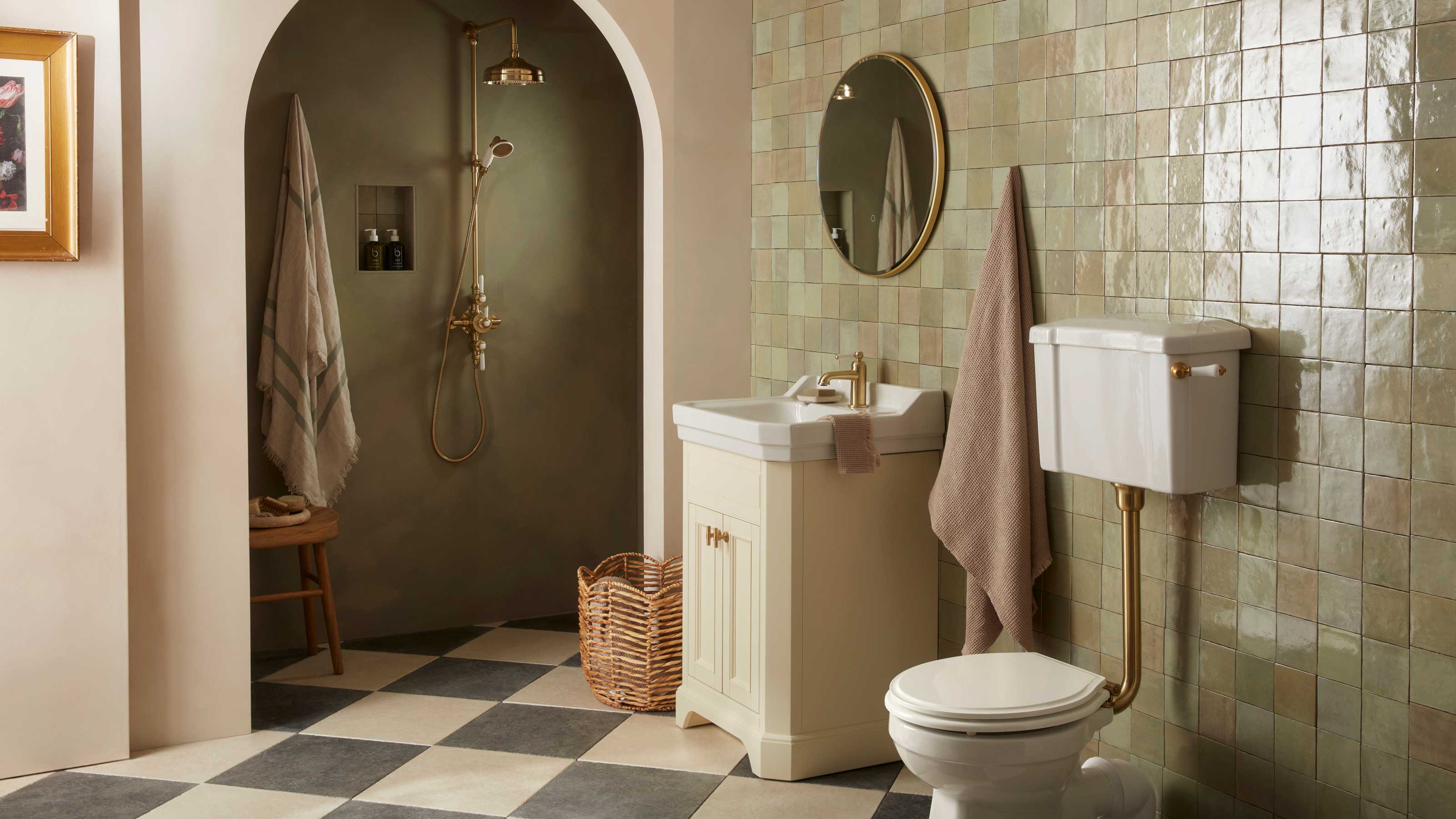 Is a wet room worth it? I asked bathroom experts whether a wet room adds value or makes it difficult to sell
Is a wet room worth it? I asked bathroom experts whether a wet room adds value or makes it difficult to sellNot everyone sees a wet room as a positive so we asked the experts how to design a space that will add value and help your home sell fast
By Natasha Brinsmead
-
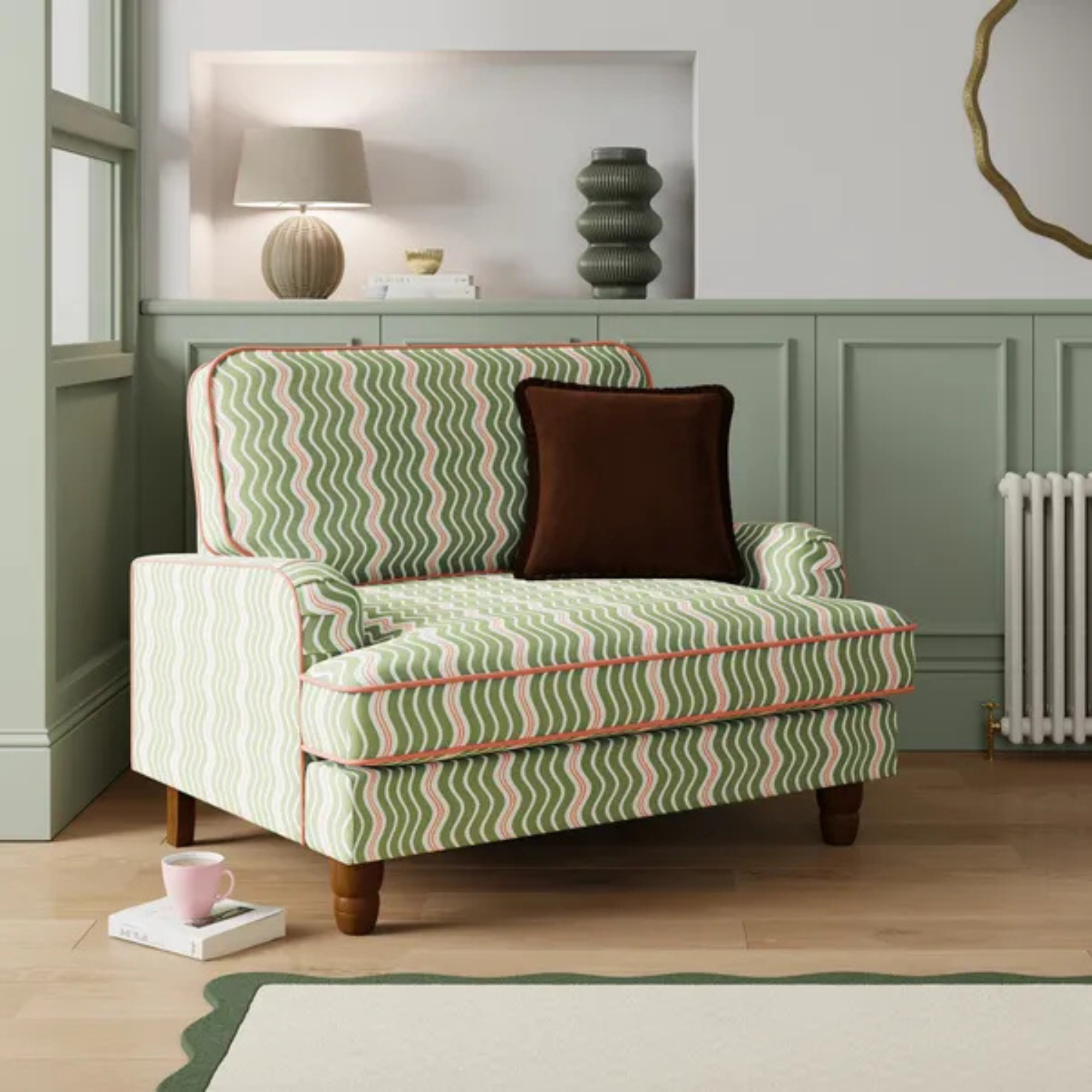 Dunelm has given its cult snuggle chair a new look - it's swapped classic stripes for another emerging pattern trend
Dunelm has given its cult snuggle chair a new look - it's swapped classic stripes for another emerging pattern trendI'm obsessed with this fresh new style
By Kezia Reynolds
-
 I tried Joseph Joseph's pan set with foldable handles – the space-saving design is just one of the many highlights
I tried Joseph Joseph's pan set with foldable handles – the space-saving design is just one of the many highlightsSmall kitchen? I tested this innovative Joseph Joseph space-savvy set which has foldable handles — and I loved it
By Annie Collyer
-
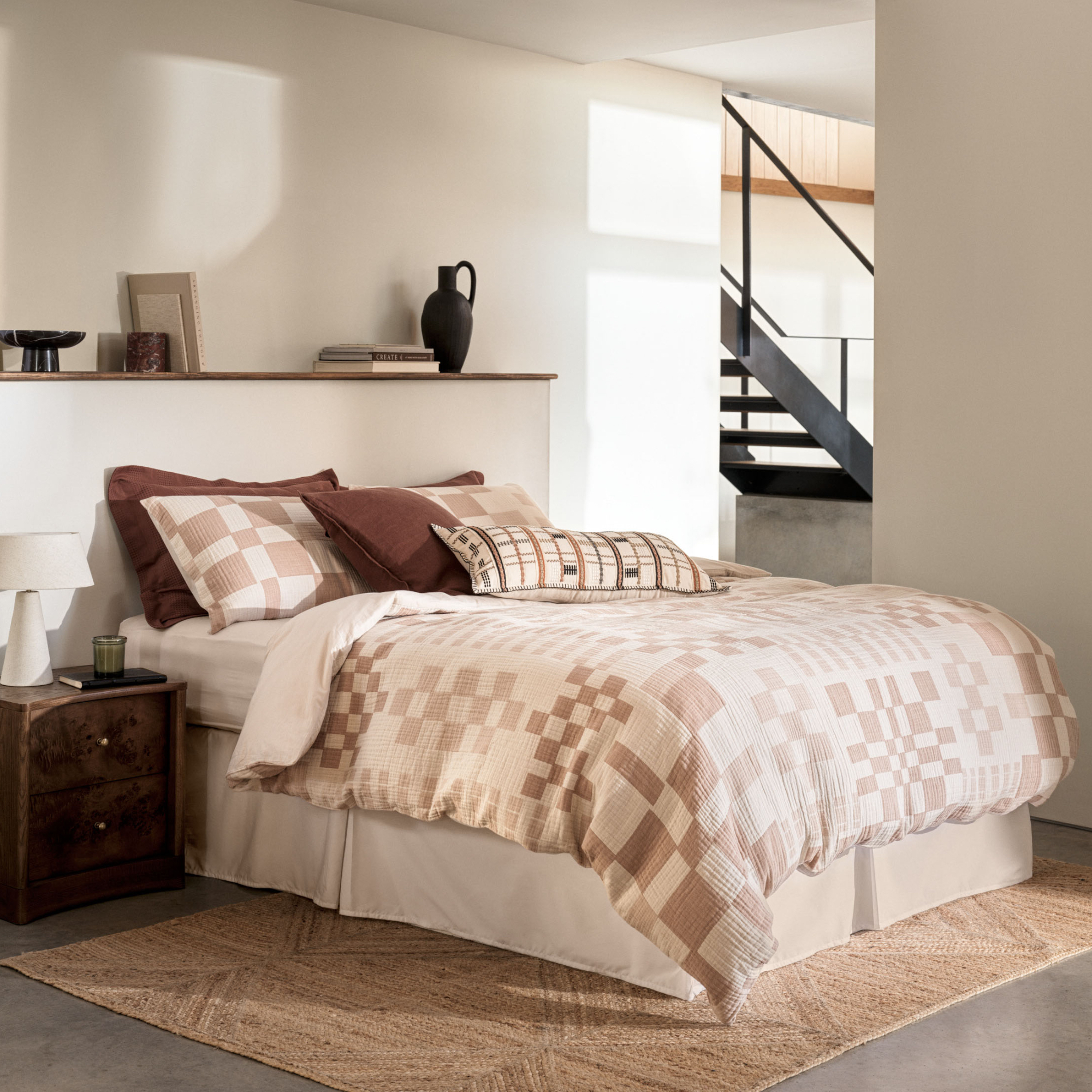 As a stylist, I spend hours looking for bedding for photoshoots, and I just spotted these 6 expensive-looking sets at M&S
As a stylist, I spend hours looking for bedding for photoshoots, and I just spotted these 6 expensive-looking sets at M&SGet a little luxury at a high-street price
By Laurie Davidson
-
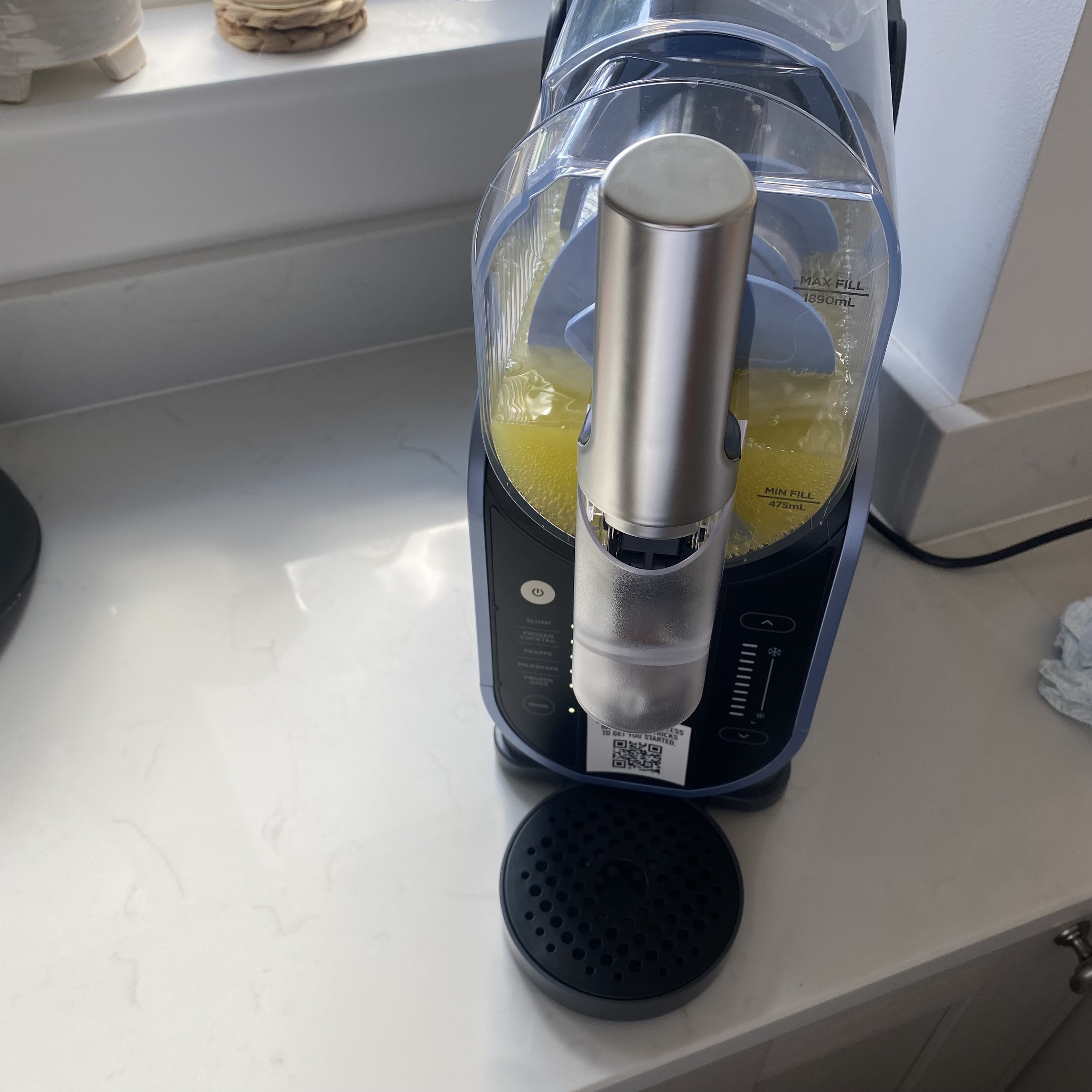 I've been waiting to try out the Ninja Slushi for months – this is what happened the first time I tried it
I've been waiting to try out the Ninja Slushi for months – this is what happened the first time I tried itThe Ninja Slushi is the stuff of dreams for summer entertaining
By Molly Cleary
-
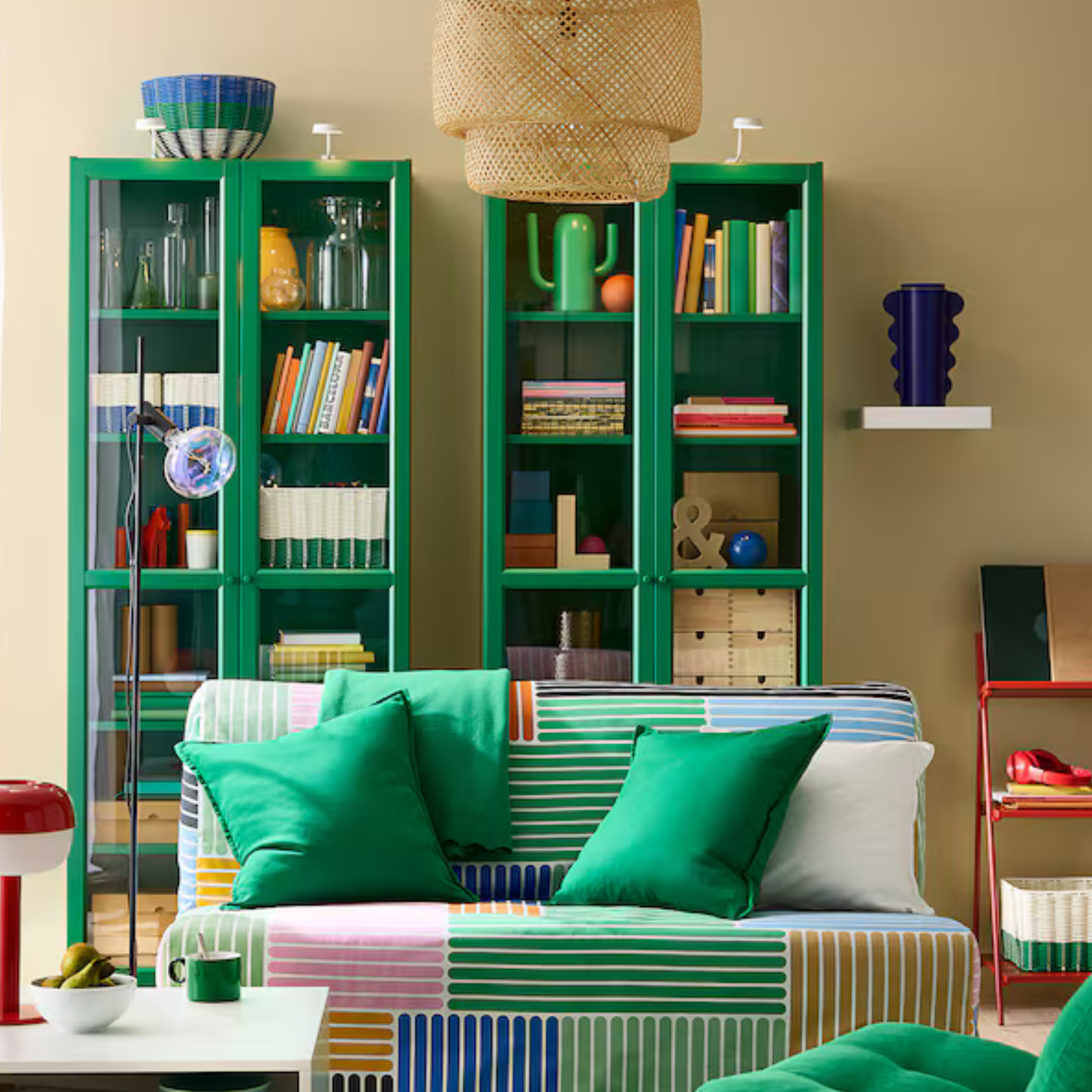 IKEA has drenched its BILLY bookcase in this year’s ‘it’ colour - but you’ll have to act fast if you want to get your hands on one
IKEA has drenched its BILLY bookcase in this year’s ‘it’ colour - but you’ll have to act fast if you want to get your hands on oneI'm obsessed with this gorgeous limited-edition colourway
By Kezia Reynolds
-
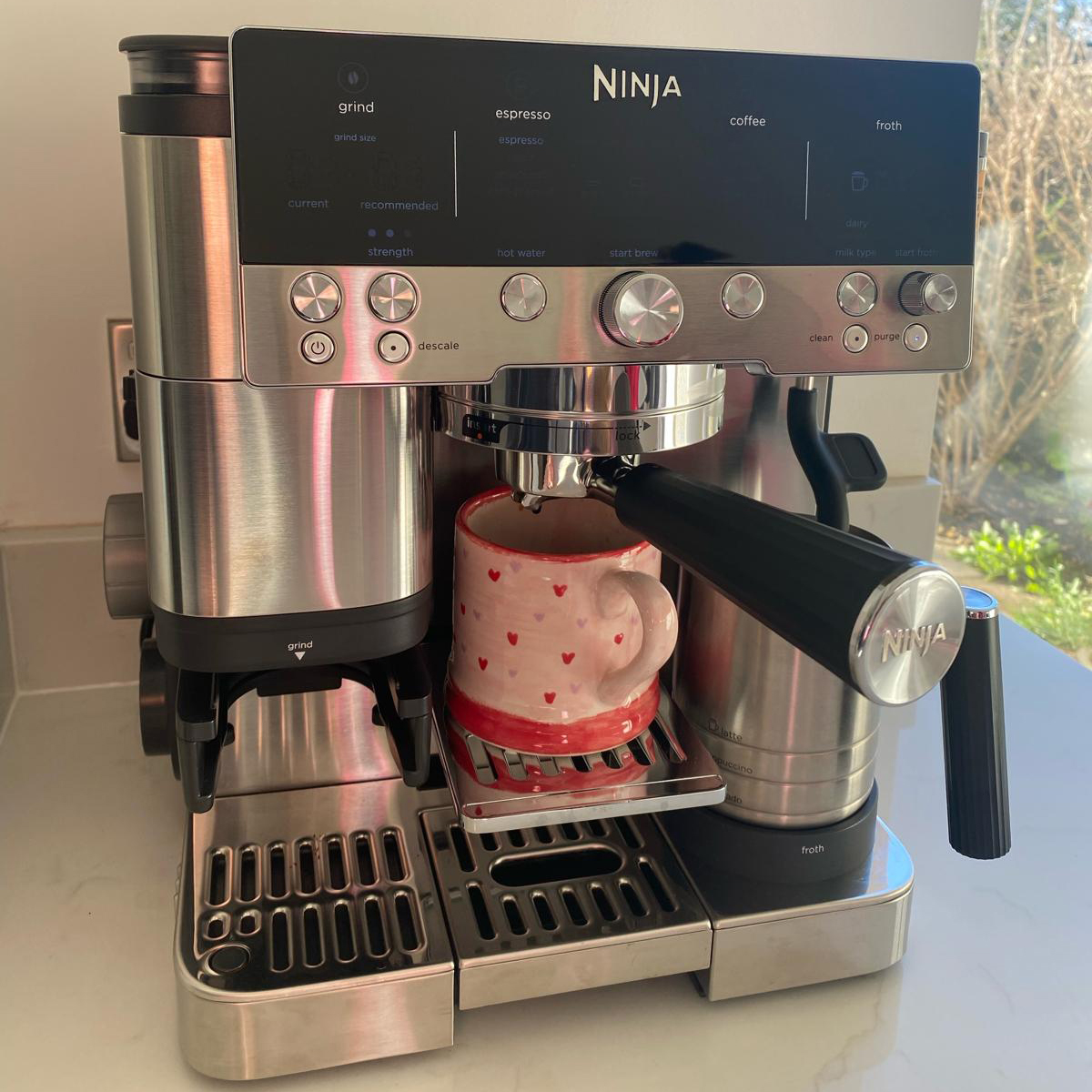 My go-to Ninja coffee machine just had a major price drop. It's more affordable than I've seen it before
My go-to Ninja coffee machine just had a major price drop. It's more affordable than I've seen it beforeIt makes coffee shop quality achievable at home
By Molly Cleary
-
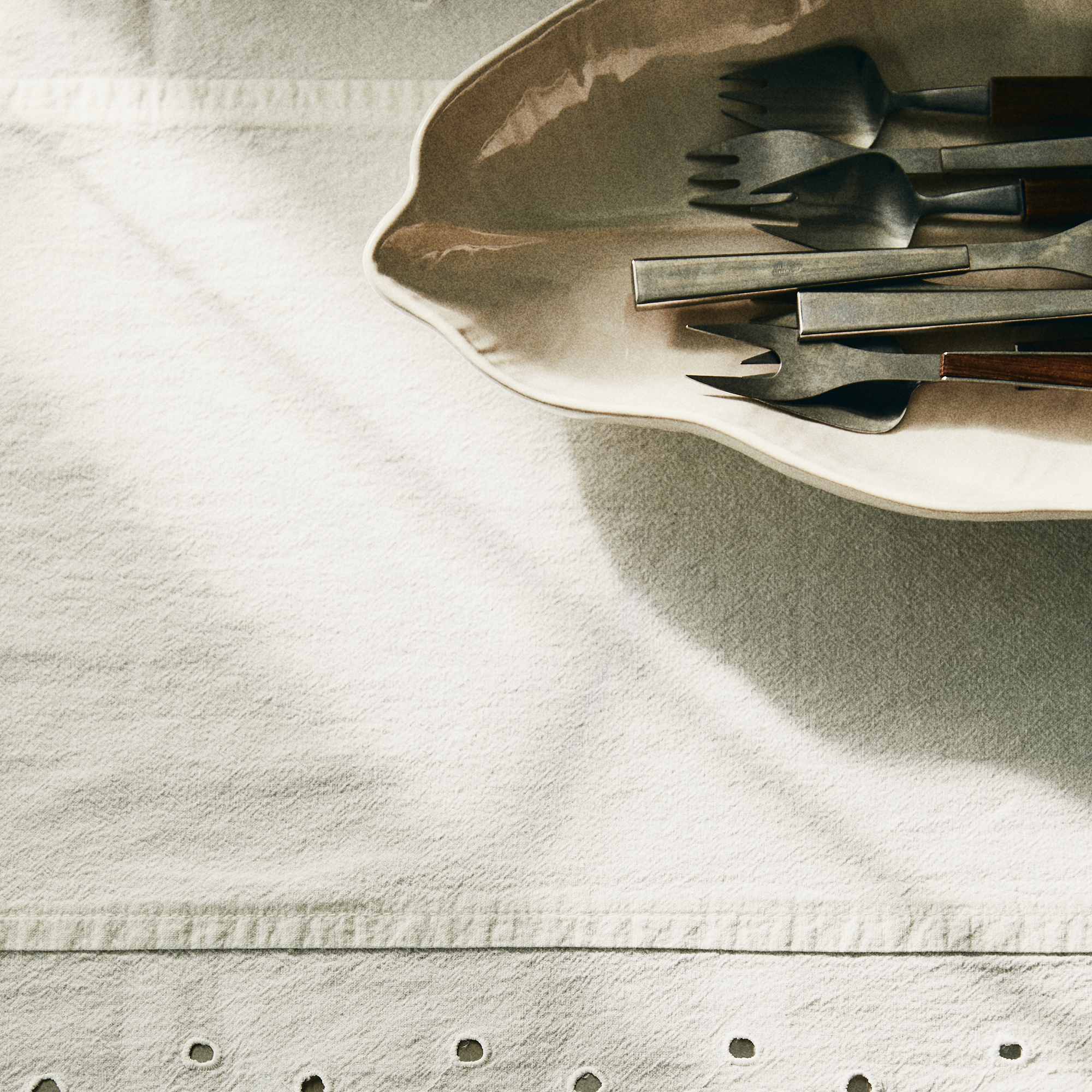 I'm a kitchen decor editor and didn't like this tableware trend - until I saw H&M Home's designer-look plates
I'm a kitchen decor editor and didn't like this tableware trend - until I saw H&M Home's designer-look platesThey made it easy to justify a new crockery set
By Holly Cockburn
-
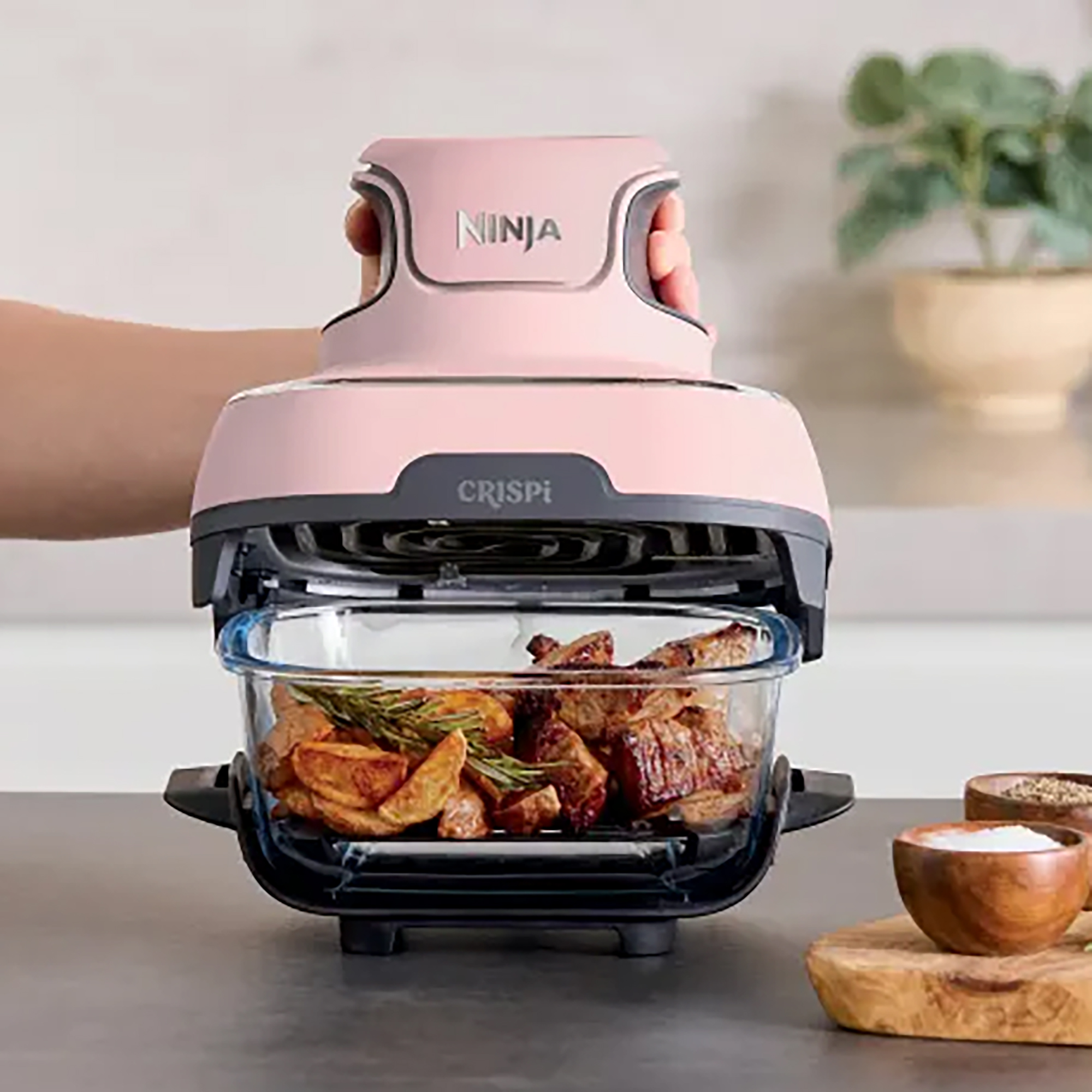 Have we just had a sneak peek at Ninja's plans for pastel air fryers? These new US-exclusive Crispi colours are giving us hope for the same in the UK
Have we just had a sneak peek at Ninja's plans for pastel air fryers? These new US-exclusive Crispi colours are giving us hope for the same in the UKNinja's spring colours collection i the US has sparked some serious appliance envy
By Molly Cleary

